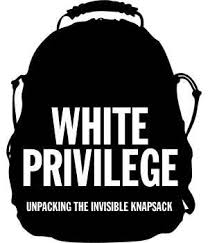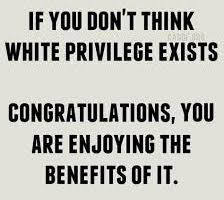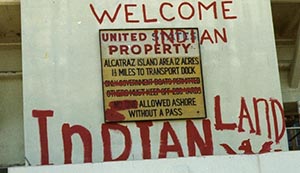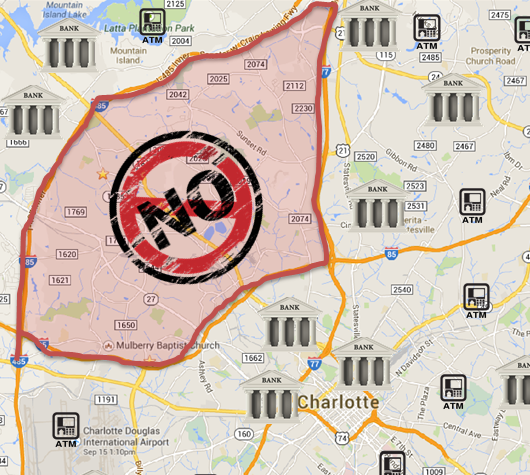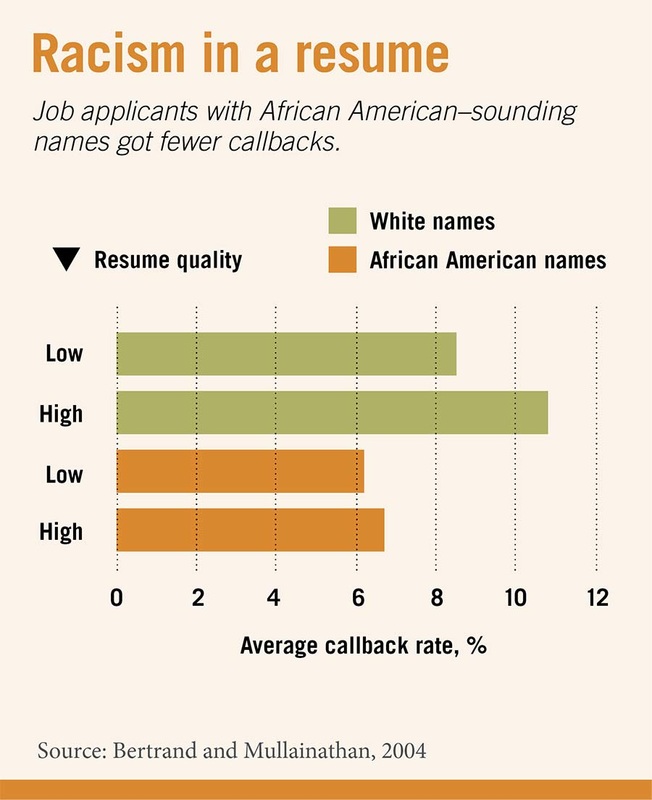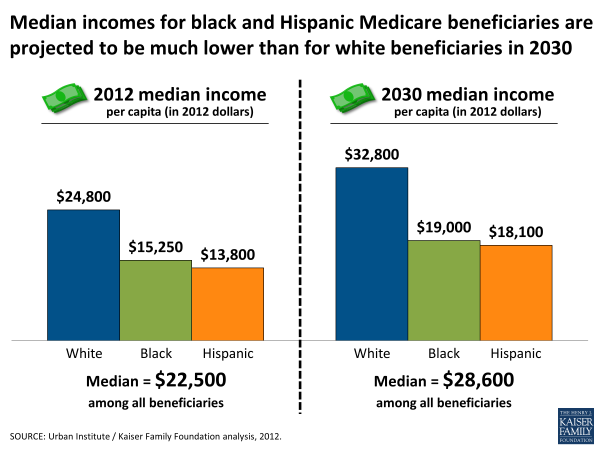It is not necessarily a privilege to be white, but it certainly has its benefits. That’s why so many of our families gave up their unique histories, primary languages, accents, distinctive dress, family names and cultural expressions. Giving these up seemed like a small price to pay for acceptance in the circle of whiteness. Even with these sacrifices, it wasn’t easy to pass as white if we were Italian, Greek, Irish, Jewish, Spanish, Hungarian or Polish. Sometimes it took generations before our families were fully accepted, and then it was usually because white society had an even greater fear of darker-skinned people.
Privileges |
Privileges are the economic extras that those of us who are middle-class and wealthy gain at the expense of poor and working class people of all races.
|
Benefits |
Benefits, on the other hand, are the advantages that all white people gain at the expense of people of color regardless of economic position. Talk about racial benefits can ring false to many of us who don’t have the economic privileges that we see others in this society enjoying. But though we don’t have substantial economic privileges, we do enjoy many of the benefits of being white.
|
ExamplesFor the classic article by Peggy McIntosh on Unpacking the Knapsack of White Privilege, click here.
|
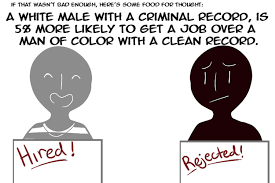 Another benefit of being white. Another benefit of being white.
We can generally count on police protection rather than harassment. Depending on our financial situation, we can choose where we want to live and choose safer neighborhoods with better schools. We are given more attention, respect and status in conversations than People of Color. Nothing that we do is qualified, limited, discredited or acclaimed simply because of our racial background. We don’t have to represent our race, and nothing we do is judged as a credit to our race or as confirmation of its shortcomings or inferiority.
These benefits start early. Others will have higher expectations for us as children, both at home and at school. We will have more money spent on our education, we will be called on more in school and given more opportunity and resources to learn. We will see people like us in textbooks. If we get into trouble, adults will expect us to be able to change and improve and therefore will discipline or penalize us less harshly than children of color. These benefits accrue and work to the direct economic advantage of every white person in the United States. First of all, we will earn more in our lifetime than a person of color of similar qualifications. We will be paid $1.00 for every $.60 that a person of color makes. We will advance faster and more reliably and, on average, accumulate many times as much wealth. A white family will, on average accumulate $116,800 in assets, a Black family $1,700, and a Latin@ family slightly more. The gap for single women-headed households is even more stark - in 2007 a white female-headed household had on average $41,000 in assets, a Black female-headed household $100, and a Latina-headed household $120. There are historically derived economic benefits too. All land in the US was taken from Native Americans. Much of the infrastructure of this country was built by slave labor, incredibly low-paid labor or prison labor performed by Men and Women of Color. Much of the housecleaning, child care, cooking and maintenance of our society has been done by low-wage-earning Women of Color. Today Men and Women and Children of Color still do the hardest, lowest-paid, most dangerous work throughout the US. And white people enjoy plentiful and inexpensive food, clothing and consumer goods because of that exploitation. |
|
Louis C.K. explains the benefits of being white.
We have been carefully taught ...We have been taught history through a white-tinted lens that has minimized the exploitation of People of Color and extolled the hardworking, courageous qualities of white people. For example, many of our foreparents gained a foothold in the US by finding work in trades or occupations that Black workers, who had begun entering many such skilled and unskilled jobs, were either excluded from or pushed out of in the 19th century. Exclusion and discrimination, coupled with immigrant mob violence against Black people in many northern cities meant that recent immigrants had economic opportunities that Black people did not. These gains were consolidated by explicitly racist trade union practices and government policies that kept Black workers in the most unskilled labor and lowest-paid work.
It is not that white Americans have not worked hard and built much. We have. But we did not start out from scratch. Much of the rhetoric against more active policies for racial justice stem from the misconception that all people are given equal opportunities and start from a level playing field. We often don’t even see the benefits we have received from racism. We claim that they are not there. |
ACTIVITY: The benefit of being white
Paul Kivel says: I FIND IT A CONSTANT EFFORT TO NOTICE that People of Color don’t share many of the economic and other benefits I enjoy from being white. This activity can help white people understand how racism works in our favor, and on many different levels. The exercise is for all white participants, or for mixed groups in which the white people participate and the People of Color observe. Since white privilege—the specific kinds of economic, social, and political advantages that white people gain at the expense of people of color—is generally invisible, this exercise can help those of us who are white see and acknowledge just how extensive and pervasive those benefits are.
FACILITATOR
|
|
BEGIN THE
|
|
|
DISCUSSION AND DEBRIEF |
After the exercise ask white people to pair with other white people to talk about what feelings and thoughts came up for them participating in the exercise.
Ask People of Color to pair with other People of Color to share what came up for them and what it was like to observe white people doing the exercise. Reassemble the group and facilitate an open discussion of the feelings, thoughts, reflections, and insights that people want to share. Some questions you can use to facilitate discussion are:
To conclude the discussion tell the group that the purpose of this exercise is not to discount what white people have achieved but to question prevalent assumptions that everyone started out with equal opportunity or that white achievement occurs on a level playing field. Also remind everyone that although some of the benefits listed above are money in the bank for each and every white person, some white people have bigger bank accounts—much bigger—than the rest. According to 2013 figures, 20 percent of the population controls about 95 percent of the net financial wealth of this country and whites own 90% of the nation’s wealth. White wealth is not evenly distributed. The top 10% of white families own 65.1% of all the wealth while the bottom half of white families own just 2% of the national wealth. All white people own more wealth than their People of Color counterparts. But while we may gain benefits from being white that doesn’t necessarily mean we are well off. Finally, point out that individual white people are not responsible for the circumstances under which we stood for particular questions in the exercise. We were born into and inherited a system that exploits People of Color and provides benefits to white people whether we want them or not. Individual white people are not responsible for racism—but we are responsible for how we respond to it. |

